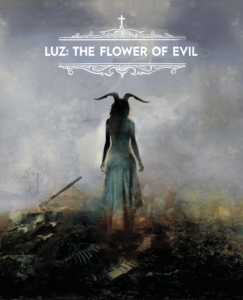 Prepare to be transported to another world, one portrayed by a feast of visual imagery. We are in a verdant and lush paradise in the Colombian mountains. There are forested regions and stunning dioramas including a magnificent waterfall flowing into a river. We have plenty of time over the next hour and three quarters to explore this remote area which is inhabited by a small farming community. It is part of the landscape that viewers may have encountered recently in Alejandro Landes Monos. Both it and Luz (2019) feature very difficult yet different tales of survival.
Prepare to be transported to another world, one portrayed by a feast of visual imagery. We are in a verdant and lush paradise in the Colombian mountains. There are forested regions and stunning dioramas including a magnificent waterfall flowing into a river. We have plenty of time over the next hour and three quarters to explore this remote area which is inhabited by a small farming community. It is part of the landscape that viewers may have encountered recently in Alejandro Landes Monos. Both it and Luz (2019) feature very difficult yet different tales of survival.
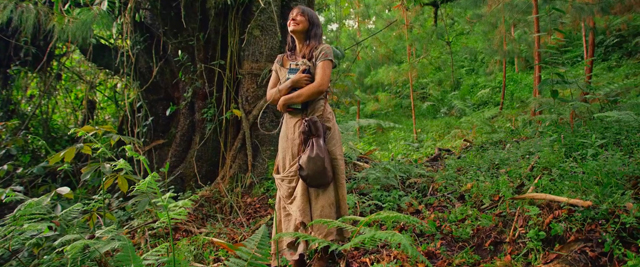
As soon as this film starts it is nearly impossible not to take a deep breath and be overawed by the lush colour pallete and be aware that the cinematography is going to be stunning be it in scenes of near-tropical daylight brightness or a night-sky completely unaffected by light pollution. We are introduced to the small family unit of the film. There are others in this community but their presence is mainly fleeting. This clan is dominated by the patriarchal El Señor (Conrado Osorio) who oversees three young women Uma, Zion and Angela (Yuri Vagas, Sharon Guzman & Marcela Robledo). There is mention of another, Luz who has passed away a while ago, we assume this is the complete family unit and they are bereaved still and awaiting perhaps divine intervention, something that El Señor is preaching for with religious zeal. His thoughts are conflicted and bordering on madness, this is quickly evident, the young ladies seem fearful of his mood swings and the other villagers obviously have questions of their own as they wait for promised miracles, such as the barren tree Luz has been buried under to bloom.

Time is equally confusing, we expect these people to be living without the trappings of modern life and surviving off the land, they do however have guns and some form of civilisation in the rudimentary buildings they inhabit. Early on a cassette player is found by one of the girls in the forest, the height of modernity perhaps although according to El Señor, it and the classical music it plays could well be the work of the devil. There is duality everywhere here and we are questioning what is good and what is evil, do they co-exist, are they the same or different and this is the central premise of the film, a conceit that many looking for affirmation of divine powers struggle with.
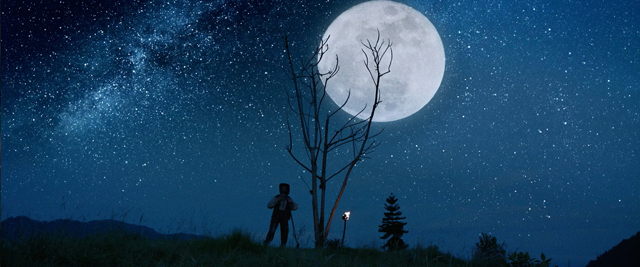
Going out on a limb with his controlling methods El Señor seizes a young fair-haired boy and locks him in iron shackles like a slave, in a pen outside his farmhouse. The mother obviously objects but the boy is declared to be Jesus by El Señor who rapes and banishes her from the community. This is possibly not the first Jesus, others have died, prophecies and miracles have not been forthcoming. One gets the feeling that El Señor could be running out of options, much like Lord Summerisle in a different time and place searching for divinity in his own irreligious fervour. Whatever path this film leads down we are certain of one thing, it will be dramatic.

Make no mistake Luz is a film that will haunt, it will leave you questioning many things long after you have viewed it. It will be a movie that you are possibly not going to get the full benefit of in one viewing like I have had and may need to come back to it once the dust in your head has settled. It ponders many things in its heavy allegorical and metaphorical subtext and symbolism and is full of divine clues to look out for via their subtle presence. The devil and evil are continuously there lurking to disrupt things, the trickster that is empowered by evil spawned by visions of a goat and buzzing diabolic flies in much the way of Robert Eggars The Witch (2015) a film that by familial tropes it has a lot in common with.

So too the question of genre is one that will be questioned. Is this a folk horror fable? It is definitely heavy on the folkloric side of things but is it too bogged down by religious dogma to be classed as a horror film as such, are the supernatural elements just part of the imagination of its crazed and unbalanced principal player? The film has also been declared to be an (acid) Western and yes, it is very much in that vein. The Preacher is a gunslinger by convention, living off the land, protecting the community in his own way and lysergic hallucinatory effects do disrupt the filmic framework. You cannot look at El Señor and not compare him to the mystic El Topo of Jodorowsky, off on his own arcane quests looking for answers that will inevitably lead to his own downfall.
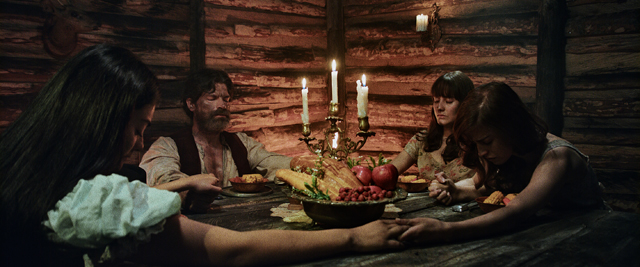
I was also partly reminded of the visionary work of Werner Herzog due to the style here and the exploratory tones that the viewer finds themselves drawn down. El Señor has been infected by the zealotry fanaticism that one could well imagine Klaus Kinski exuberantly playing in one of his films. The central cast are all excellent here and one gets a feeling they could well have suffered for their art (this screener provided no extras however to answer these questions).
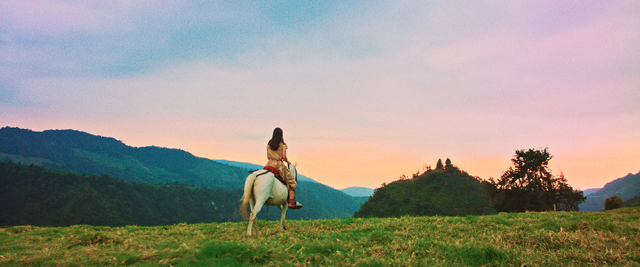
Luz: The Flower Of Evil is essentially a confounding film. The director has stated that its purpose “is to question the viewer and their own morality and faith” and that it is not “a crowd-pleasing film.” I would definitely agree with that and it is a movie I feel I benefited from seeing on my own with no outside distractions. Although it would have looked absolutely amazing on a big screen at the cinema, I feel it could have been ruined by the presence of others around and this is a film that will benefit from digital (26 July) and Blu Ray (23 August) release so you can fully immerse yourself in it. However, it has impressed and won awards at various festivals before they were shut inevitably shut down by scientific rather than divine intervention. Extras on the Blu-Ray release will include a feature from Sitges (59 mins) and a making of (56 min) among other things. Perhaps by then I will be able to look at it again and maybe see it in an entirely different light…
(Pete Woods)
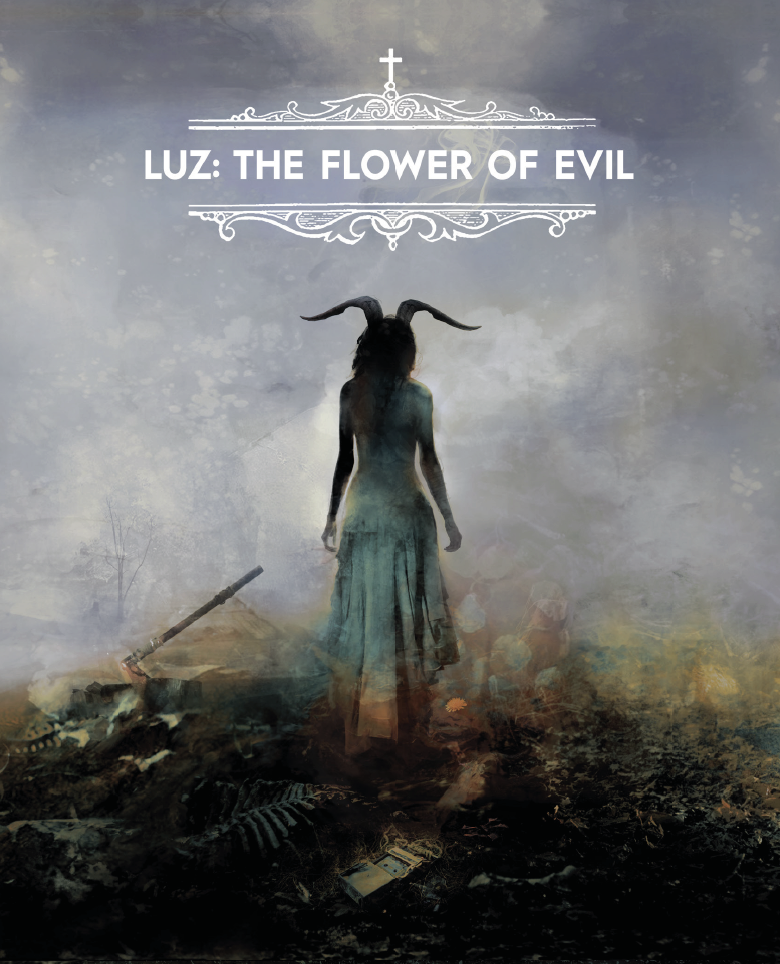
Leave a Reply